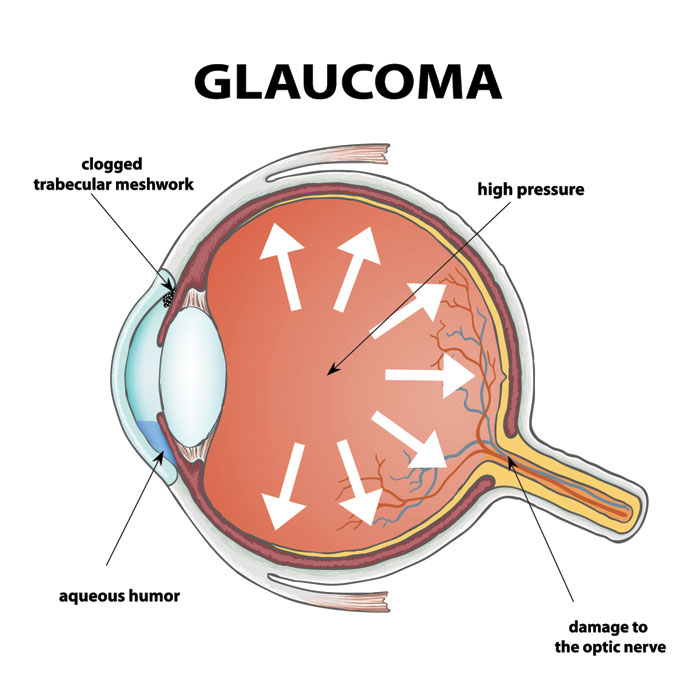Prevalence of Poor Eyesight and Glaucoma in the Philippines
I. Introduction: The Silent Vision Crisis in the Philippines
Did you know that 1 in every 3 Filipinos suffers from poor vision? It’s a statistic that underscores a growing public health concern. From simple refractive errors to progressive conditions like glaucoma, vision problems are on the rise across the Philippines.
This article takes a closer look at how common these issues are, what causes them, and what you can do to protect your eyesight and detect glaucoma early—especially in a country where eye health is often overlooked.
II. Poor Eyesight in the Philippines: A Nationwide Concern
A. Prevalence and Impact
Poor eyesight is a condition affecting millions of Filipinos, with the highest burden observed among school-aged children and working adults. Whether it’s struggling to read road signs, school boards, or computer screens, uncorrected vision problems reduce productivity, learning capacity, and quality of life.
According to the Philippine Eye Disease Study, refractive errors and cataracts are among the top causes of visual impairment, especially in rural communities with limited access to eye care.
B. Common Causes of Poor Eyesight
-
Refractive errors such as myopia, hyperopia, astigmatism, and presbyopia
-
Genetic factors and age-related degeneration
-
Chronic illnesses, particularly diabetes and hypertension
-
Prolonged screen exposure and digital eye strain
-
Lack of access to affordable corrective lenses or eye exams
C. Symptoms to Watch Out For
Early symptoms may include:
-
Blurred or double vision
-
Headaches and eye strain
-
Difficulty focusing on objects near or far
-
Squinting or needing brighter light
-
Dizziness or nausea linked to eye stress
Left untreated, even minor eye problems can evolve into more serious visual disabilities—especially when conditions like glaucoma go undetected.
III. Glaucoma in the Philippines: The Silent Thief of Sight
A. What Is Glaucoma?
Glaucoma is a progressive eye disease that damages the optic nerve, often due to elevated intraocular pressure (IOP). It is a leading cause of irreversible blindness both globally and locally.
What makes glaucoma particularly dangerous is its lack of early symptoms—hence its nickname, “the silent thief of sight.” Once vision is lost, it cannot be restored.
B. Prevalence in the Philippines
While exact numbers are underreported, studies suggest thousands of Filipinos are unknowingly living with glaucoma. Its prevalence is expected to rise due to:
-
An aging population
-
Low public awareness
-
Infrequent eye screenings
-
Barriers to access in remote provinces
In Metro Manila and major cities, glaucoma clinics are more accessible, but in rural areas, diagnosis often happens too late.
C. Early Symptoms and Red Flags
Because glaucoma is usually painless, it can be difficult to detect without regular checkups. However, you should watch for:
-
Gradual loss of peripheral vision
-
Halos around lights
-
Eye pain or pressure
-
Red eyes or nausea (in acute angle-closure glaucoma)
IV. Addressing Vision Health in the Philippines
A. Importance of Regular Eye Exams
Preventive eye care is key to early diagnosis and treatment. The Philippine Academy of Ophthalmology recommends eye exams:
-
Every 1–2 years for adults over 40
-
Annually for individuals with diabetes, high blood pressure, or a family history of glaucoma
-
Regularly for children and students to monitor refractive errors
B. National and Private Sector Initiatives
Several initiatives are improving eye care accessibility in the Philippines:
-
Department of Health’s National Prevention of Blindness Program
-
Free eye screening missions by NGOs and private hospitals
-
Local Barangay Health Stations offering basic vision tests
-
Platforms like Glaucoma.ph that provide educational resources and connect patients to eye specialists
These programs are crucial in helping bridge the gap between urban and rural eye care.
C. Practical Tips to Protect Your Vision
Here are actionable steps every Filipino can take to reduce the risk of poor eyesight and glaucoma:
-
✅ Get an annual comprehensive eye exam
-
🥦 Eat a diet rich in vitamin A, C, E, and zinc
-
😎 Wear UV-protective sunglasses outdoors
-
💧 Stay hydrated and avoid excessive screen time
-
🚭 Avoid smoking—linked to optic nerve damage
-
💊 Manage blood pressure and blood sugar levels
V. Conclusion: Vision Health Starts with Awareness
Eye conditions like poor eyesight and glaucoma are more than minor inconveniences—they can severely affect a person’s independence and quality of life. The good news? Most vision loss is preventable with early detection and proper care.
Don’t wait until symptoms appear—schedule an eye exam today. Whether you’re in Metro Manila or a provincial town, taking control of your eye health is one of the best long-term decisions you can make.
💡 Share this article with family and friends to raise awareness about the growing vision health crisis in the Philippines. You could help someone save their sight.




